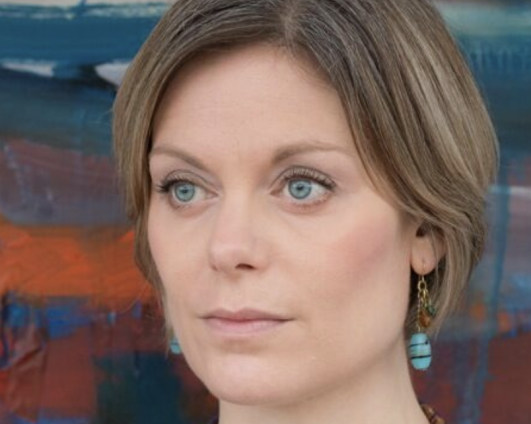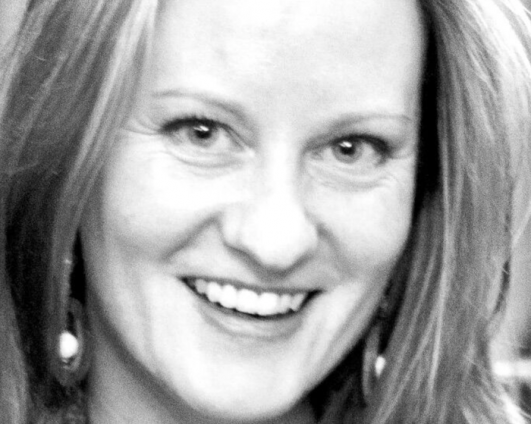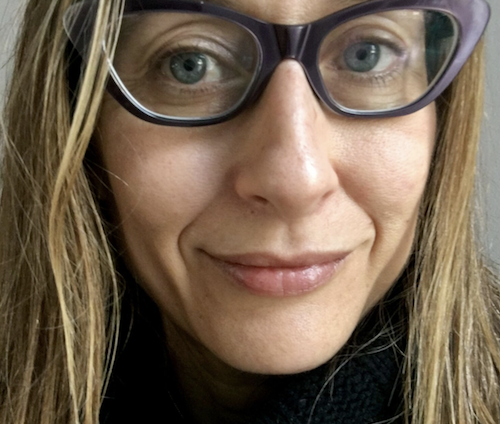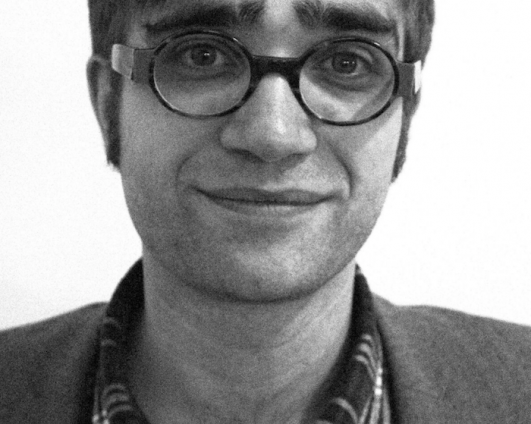Exploring Health through i-docs
Cathy Soreny & Emma Vickers – myMND: creating collaborative online patient information resources with and for people living with MND
Donatella Maraschin & Thomas Moors – Healing with i-docs: Shout at Cancer
Christine Douglass – Rethinking illness experiences: an innovative, interdisciplinary collaboration
myMND - creating collaborative online patient information resources with and for people living with MND
Motor neurone disease has no cure or drug to slow its progress. Rapid deterioration and disability
are inevitable and most people die within 2 to 5 years. However, research is showing that certain
care interventions, such as non-invasive ventilation (to improve breathing during sleeping and
reduce fatigue) and gastrostomy feeding tubes (to support nutritional intake and reduce choking)
can make a significant difference to quality of life, and even length of survival 1,2.
However, considerable numbers of patients are not engaging with these approaches, either
refusing outright or delaying uptake, therefore reducing the potential benefits. The barriers have
also been researched. For some it is a considered personal choice to say no, but for many it is fear
of the unknown, perceived difficulty using these interventions at home, or worries about changed
appearance 2,3,4.
myMND is ongoing collaborative project that brings together patients, their families, clinicians,
researchers, web designers and filmmakers to address this crucial problem. A process of iterative
co-production – with the patients and families as its heart and soul – has reclaimed the academic
findings about these interventions and repurposed them for real life use.
Two online platforms – the pilot stage myNIV and the BMA Patient Information Award winning
myTube – offer a flexible educational resource. Multiple short documentary and instructional films,
bite size sections of text, and links to vetted key resources, help support patients as they make
their choice – whether yes or no. This narrowcasting approach seeks to share lived experiences of
MND and the reality of using these interventions in day-to-day life.
Across a series of workshops the website design and the format of the films was co-created with
the patients/families, with input from clinicians and the Motor Neurone Disease Association to
ensure clinical accuracy and balance. The latter myTube saw this process evolve further. Our
patients spoke of the need to ‘meet’ people who had feeding tubes, and this became the core
character of the films and website. Through extensive filming in their homes we were able to
convey this up close and personal feel.
With the redevelopment of myNIV midway in March 2018, we will discuss the ongoing evolution of
our collaborative processes, and how working in the spaces between academia, medicine and
charity can allow a fissure to open for rapid interactive interventions that change patients lives, with
the interactive filmmaker working as translator, instigator, creator, and ultimately allies with a
shared mission.
www.mytube.mymnd.org.uk
References:
1. McDermott et al, Gastrostomy in patients with amyotrophic lateral sclerosis (ProGas): a prospective cohort study, The
Lancet, 2015, 14: 702-709
2. Baxter et al, The initiation of non-invasive ventilation for patients with motor neuron disease: patient and carer
perceptions of obstacles and outcomes, ALS and Frontotemporal Degeneration, 2013, 14: 105-110
3. Stavroulakis et al, Factors influencing decision-making in relation to timing of gastrostomy insertion in patients with
motor neurone disease, BMJ Support and Palliative Care, 2014, 0:1-7
4. Stavroulakis et al, The impact of gastrostomy in motor neurone disease: challenges and benefits from a patient and
carer perspective, BMJ Support and Palliative Care, 2014, 0:1-8
Healing with i-docs: Shout at Cancer
Research and recent initiatives in arts and health have explored the barriers to, as well as the
benefits of, engagement with the arts and have suggested how research in this area could
influence healthcare policy and practice. At the same time, research in Digital Health has
addressed, inter alia, the role of digital humanity and digital technologies in health and care,
barriers and enablers to innovation, and conditions that can encourage participation.
This paper discusses an interdisciplinary project between the charity Shout at Cancer,
London South Bank University and University College of London. The project, winner of the
2016 Global Health Film Festival Development Award, funded by the LANCET, brings
together scholars and practitioners from various fields of the arts, media and digital
technologies as well as carers and medical professionals.
We discuss the achievements to date in the progress of the project by presenting the pilot of
the digital platform that we have developed with the Developmental Awards we received by
the LANCET. Focusing on health and care as a critical concept, the paper addresses issues
related to collaborative work in media and digital technologies, the arts and public health
services as a form of political act, and explores how arts, media practices and digital
technologies can reconceptualise modes of care.
Rethinking illness experiences: an innovative, interdisciplinary collaboration.
Through my filmmaking practice I seek to problematise the idealisation
perpetuated by many of the clinical, social, and cultural discourses that
surround experiences of illness. These discourses include: single diagnostic
labels; a paradigm of survivorship; narrative tropes of fulfilment and
resolution; expectations of positive thinking; disease/experience
commodification; mass-participation exercises; and a collective depoliticisation.
These regimes silence the mutable complexities of individual experience.
My presentation will focus on a project with nine women diagnosed with breast
cancer. A significant challenge in establishing a working practice was
developing a non-hierarchical way of filming and editing collaboratively with a
group of individuals who, whilst sharing a single diagnosis, had highly
contrasting physiological, physical and emotional experiences. Furthermore,
each had discrete motivations and priorities for wanting to participate.
Imagined audiences, ethical values, and perceptions of public/private
boundaries also varied significantly.
In exhibiting the films, we questioned the adequacy of a single screen linear
documentary to contain the unique, precarious narratives and the distinct
interpretations of the project. Experimenting with different platforms and
narrative strategies, and drawing from other polyphonic documentary,
ethnographic, art and social practices, we sought to display the intimate
material in ways that did not constrain, exoticise, victimise or sensationalise.
I will argue that the innovative collaborative methodology and production
process, and multiscreen audiovisual exhibition What if? opens up new spaces
for audiences to rethink the coherent timelessness produced by regimes
currently dominating the representational landscape of illness and engage with
the challenging, unresolvable, fluid realities of lived experience.





